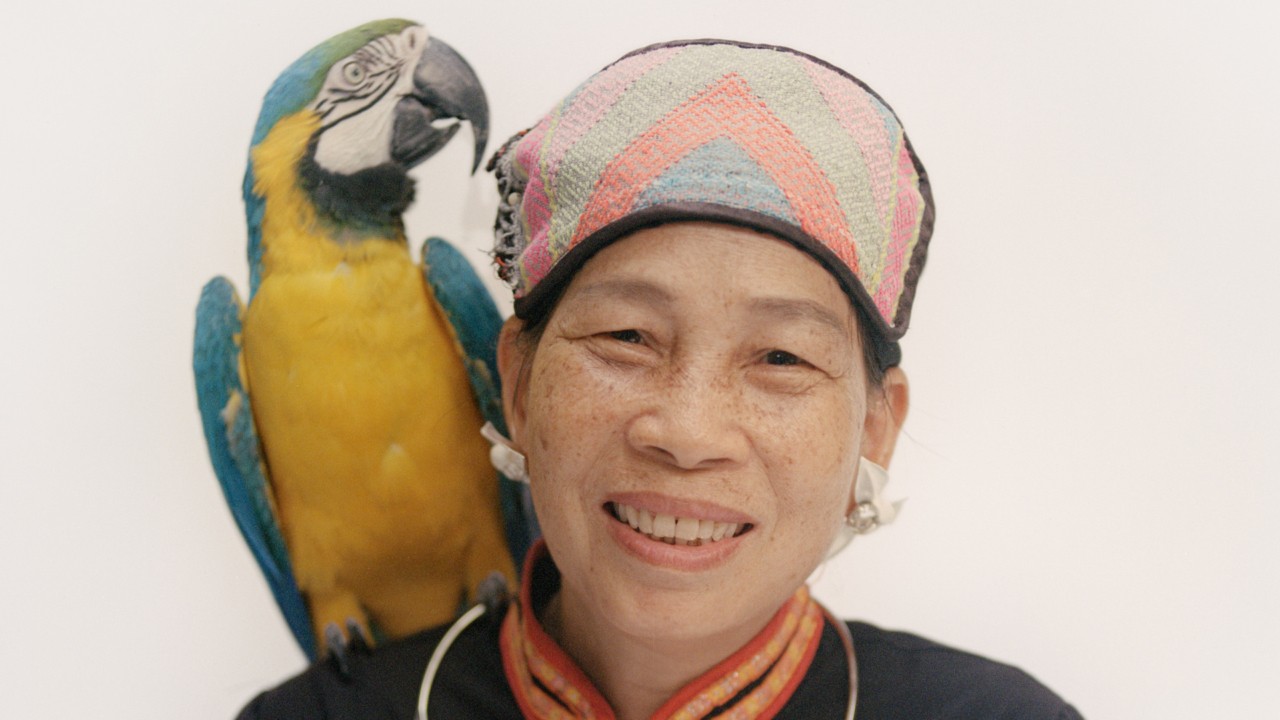

Photographs by Kin Coedel
Words by Jay Yunjie Zhou
In the beginning, there was a flood. A brother and sister were the only survivors, stranded in a world washed clean. They couldn’t marry—such was the taboo. But the god of thunder intervened, striking the sister’s face with patterned marks so her brother wouldn’t recognize her. Masked by transformation, they wed and repopulated the world.
This is one of the origin stories told by the Li people of Hainan Island, where facial tattoos once marked womanhood, lineage, and survival. These motifs weren’t decorative; they embodied a belief system in which the body is a site of transformation, a canvas upon which myth, nature, and kinship are inscribed.
Today, the Li people live primarily in the southern regions of Hainan. Their five subgroups—Fumei, Ha, Qi, Run, and Sai—once spoke distinct languages, now largely supplanted by Mandarin. The practice of facial tattooing, which was once universal among girls before puberty, disappeared after it was outlawed. But remnants endure in gesture, in cloth, in the everyday motions passed down from hand to hand.
Photographer Kin Coedel first encountered the Li at Binglanggu, a cultural heritage park nestled in a valley of palm trees. Inside an aviary, he took portraits of elderly women as parrots perched on their shoulders. Shadows of birds passed overhead, netting stretched across the sky. The birds could not leave. Neither could the women, in a way—posing, weaving, performing fragments of their heritage for visitors under a curated lens. For many ethnic minority groups across China, tradition is preserved in part through performance, reshaped to meet the gaze of tourism. It’s a livelihood. And at times, the only visible space where cultural identity is acknowledged.
But beyond these curated environments, in villages farther inland, these same practices continue; less stylized and less seen. When Kin and I returned, we traveled past the resorts and highway signs into communities where Li women still work the land, raise children, and weave cloth for daily use. Here, tradition isn’t revived—it’s inherited.
We arrived in Yulong, in southwestern China, early one morning, the air damp and bright. A woman named Fu Renling greeted us on a scooter, her cartoon slippers tapping the ground as she stopped. Her mother, Bai Ling, followed behind. Bai Ling led us to her weaving cooperative, where women sat low to the floor, yarn spilling from their laps as they threaded and counted each row with practiced rhythm.
Once rich with symbolic meaning, Li brocade has become increasingly commercialized in recent years, often featured in tourism and heritage displays. But for Bai Ling, the craft remains a personal and intuitive practice. “I can’t draw,” she said with a shrug. “I just weave what I remember.”
Her tapestries depict scenes from village life: spring festivals, cattle rituals, children sipping kapok flower nectar, boys swinging from trees. One cloth portrayed a turquoise reservoir that had displaced local families. In her rendering, the water glowed; children appeared to float like spirits, birds soared overhead—not arranged in symmetrical rows, but scattered across the fabric as if caught mid-flight. “They come when I don’t expect them,” she said, tracing the outline of a stitched wing.
In the corner of the room sat a small basket of baby clothes. Bai Ling lifted them one by one—laughing and recalling their use, not with sentimentality but with quiet reverence. According to one oral tradition, a hoopoe once fed the daughter of the first woman after her mother died. In tribute, Li women began tattooing their faces with lines meant to echo the bird’s wings. Those patterns—once inked into skin, now woven into fabric—endure. Here, memory doesn’t live in archives, but in fingers, threads, gestures, and the flicker of wings overhead.
Join our membership community. Support our work, receive a complimentary subscription to Atmos Magazine, and more.
They Once Tattooed Their Faces. Now They Weave Their Stories.
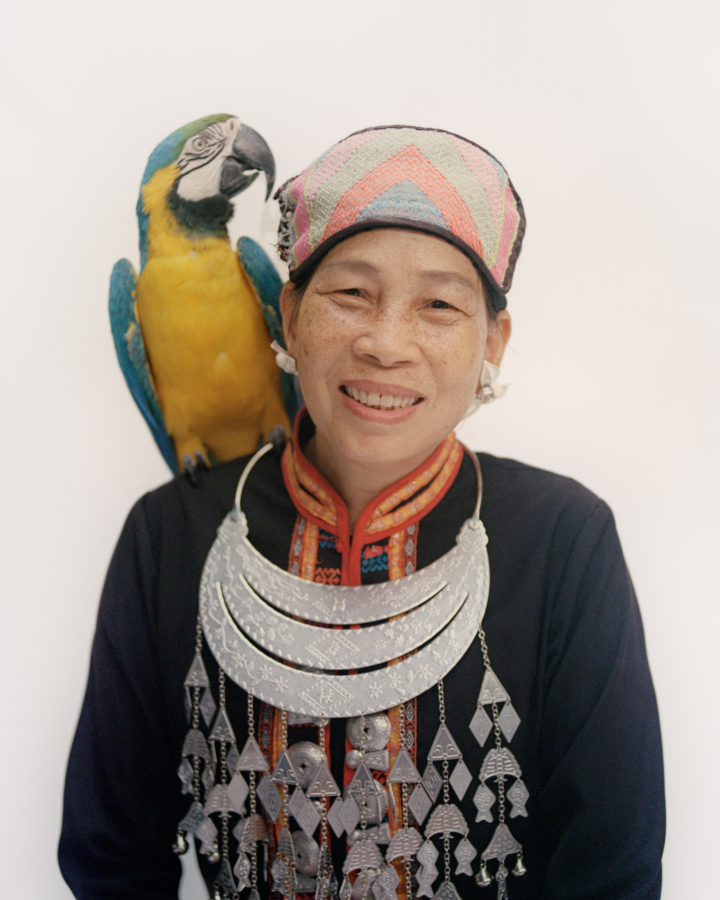
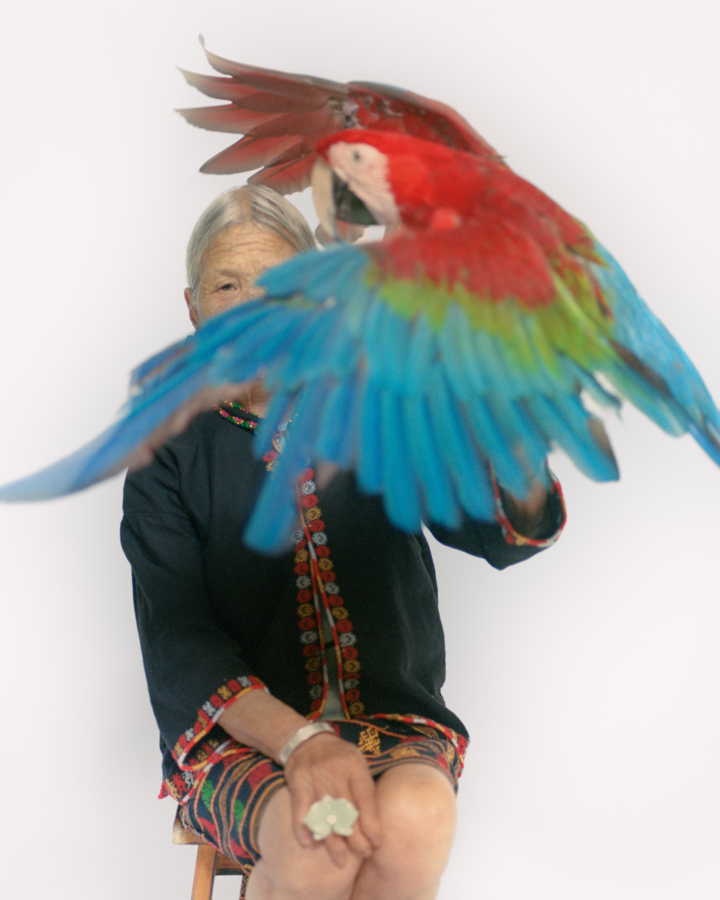
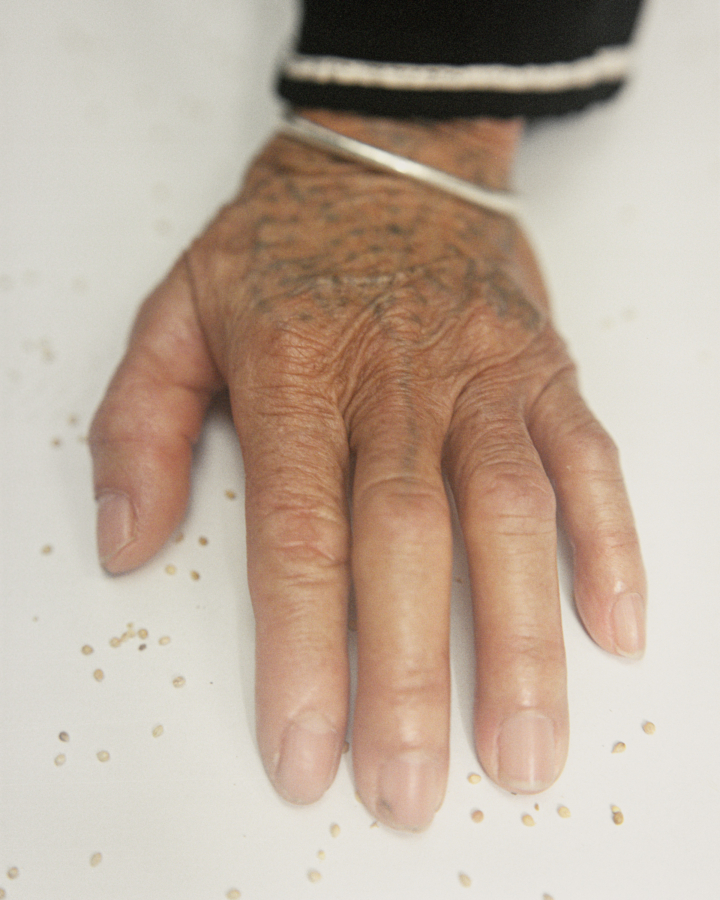

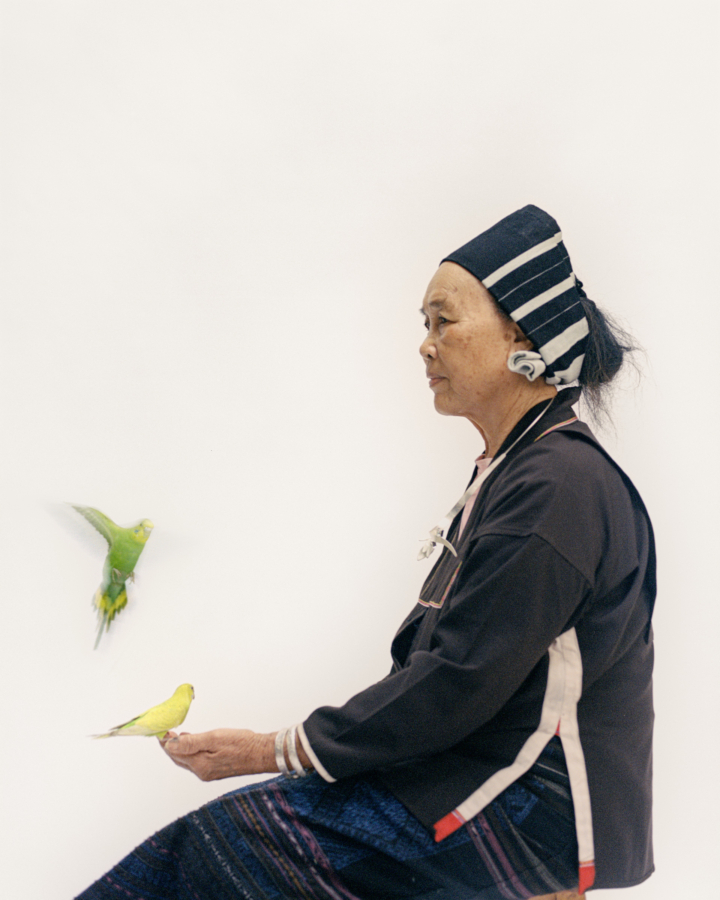
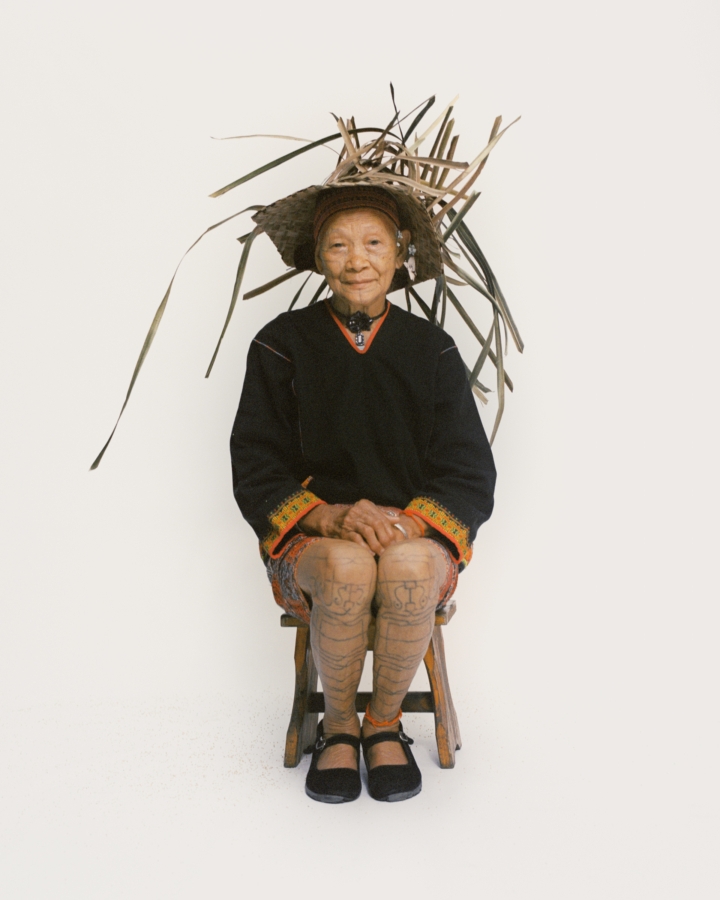
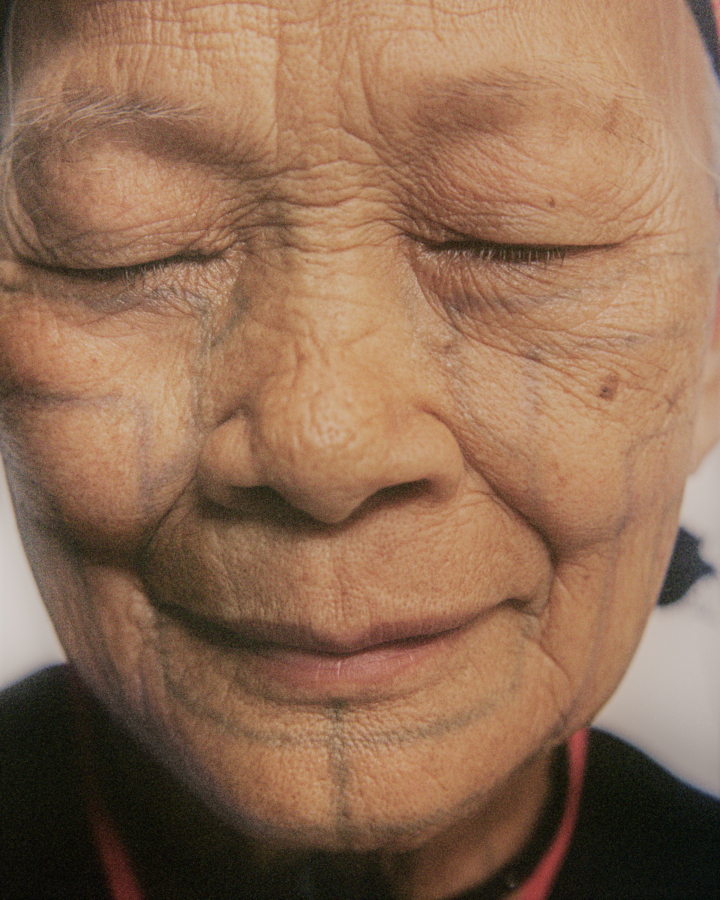
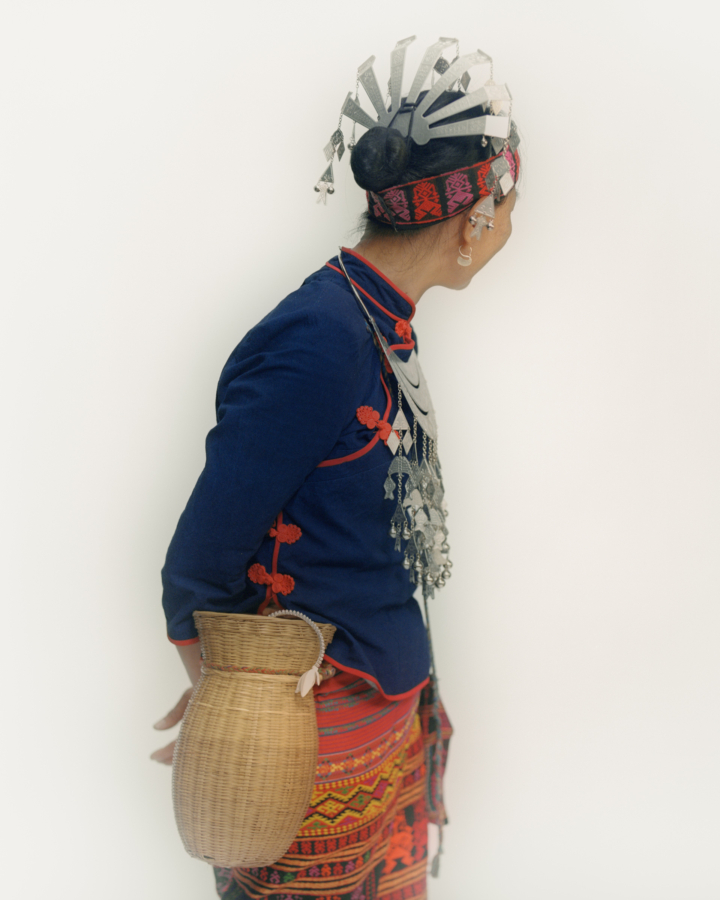
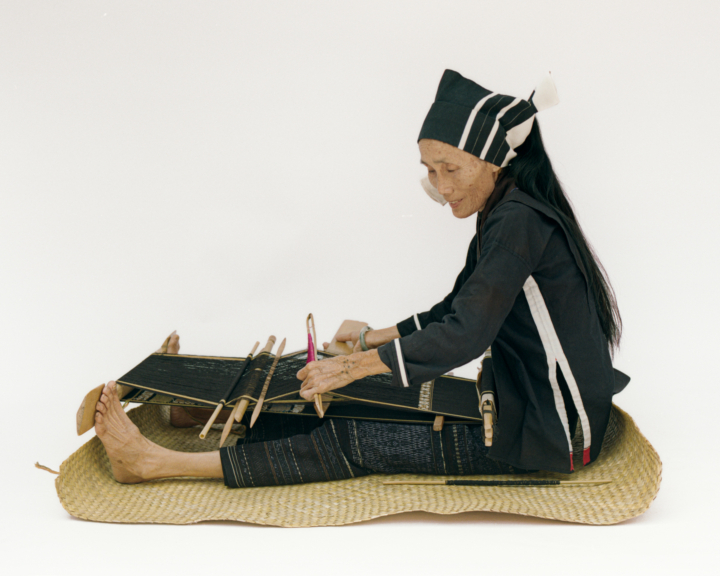
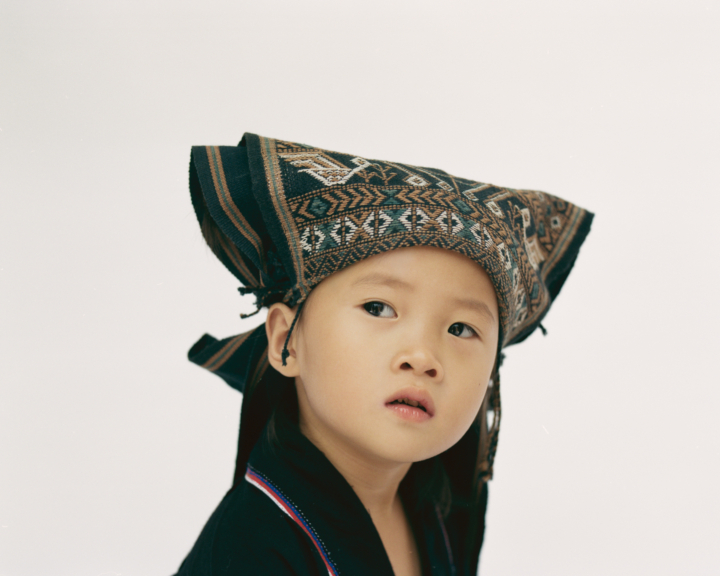
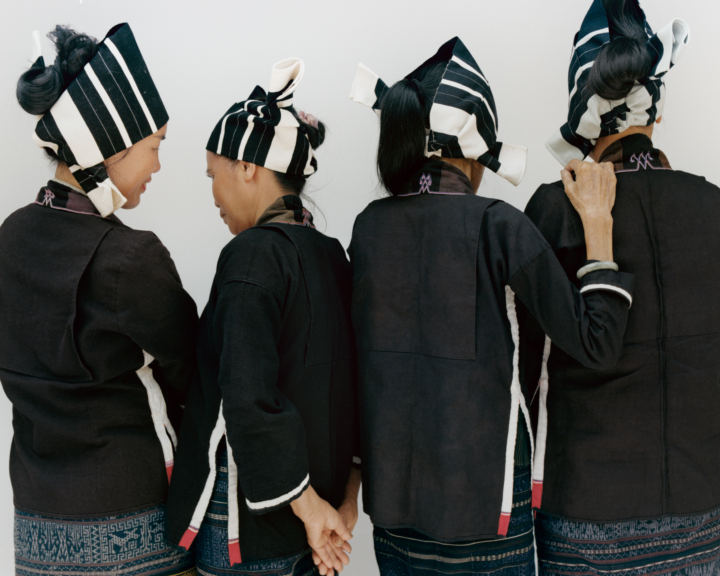
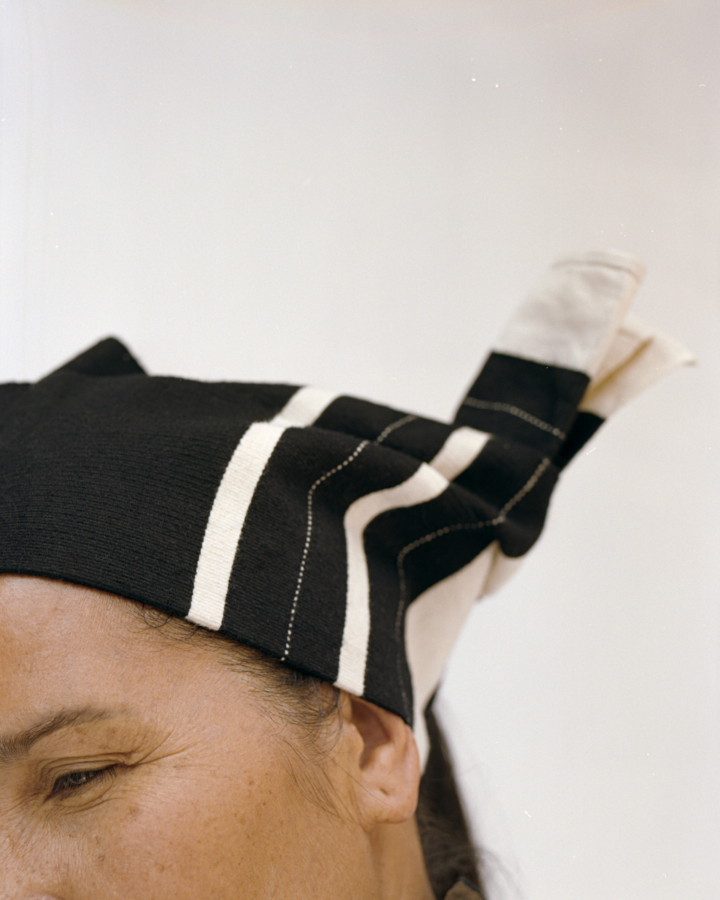
They Once Tattooed Their Faces. Now They Weave Their Stories.